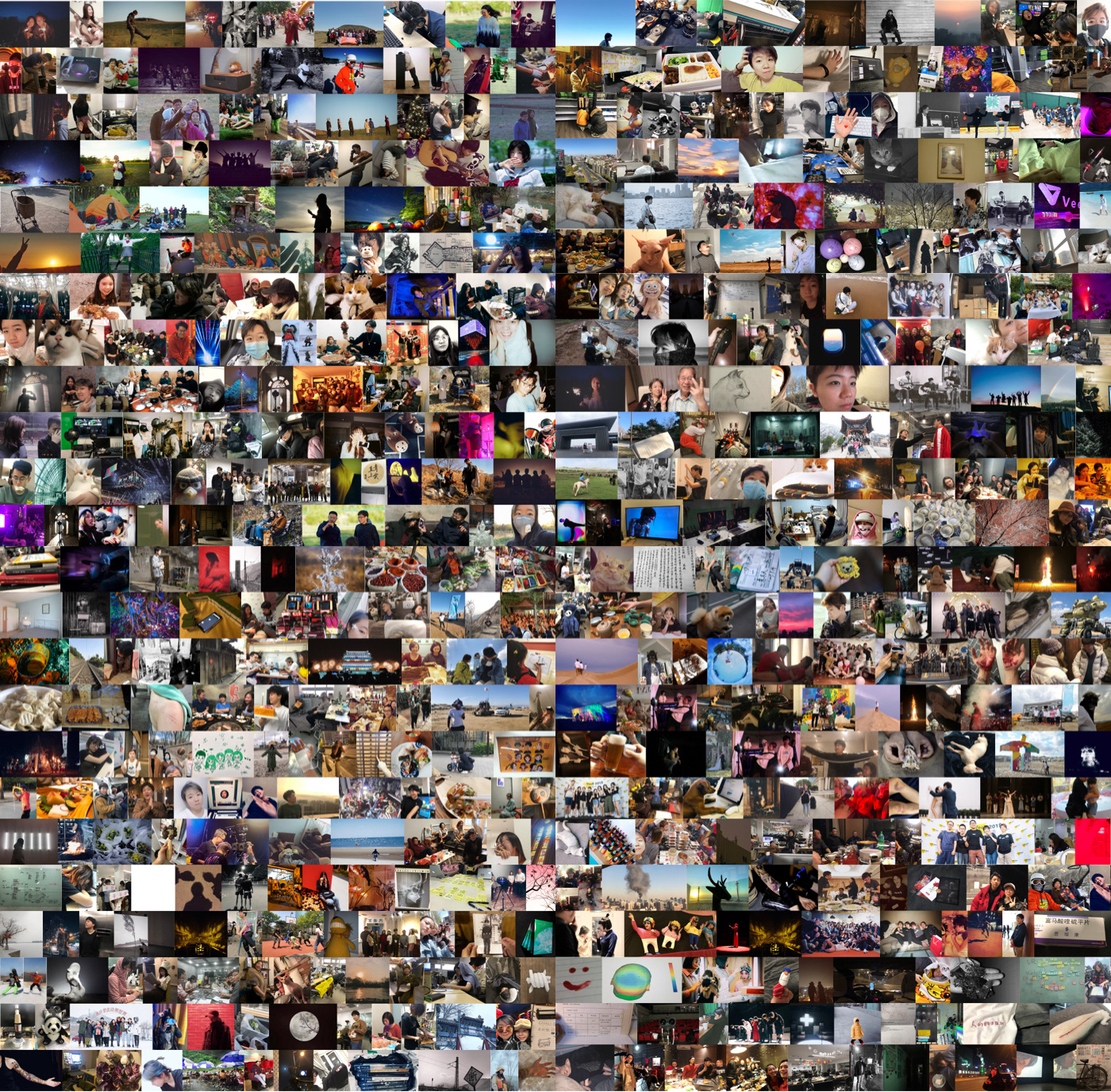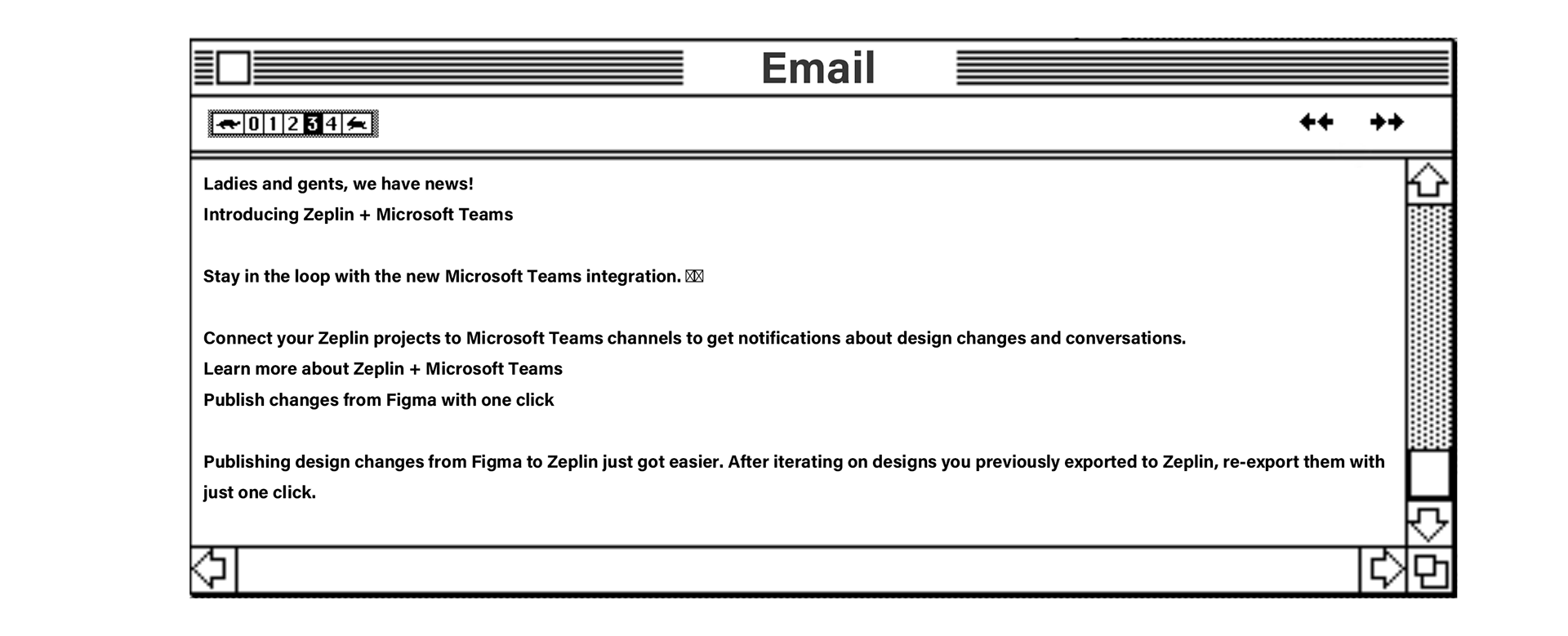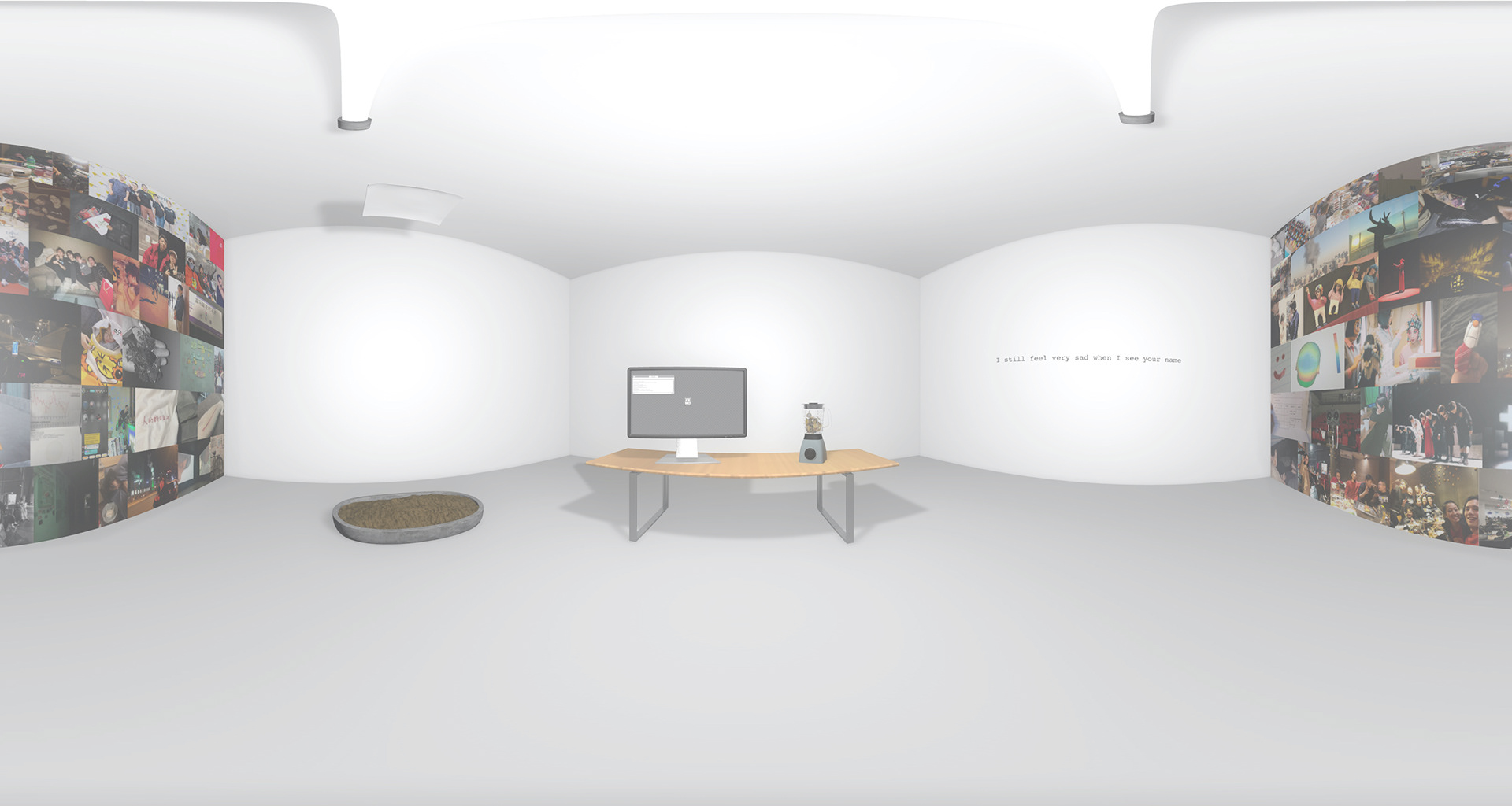This project delves into the posthumous memory state, focusing on digital data retention.
In the absence of physical bodies, the deceased's personal data in social networks gains new significance, becoming entwined with the living's memories. These data fragments are reinterpreted by future generations in cloud-based environments, forming a new memory framework. This process blurs the lines between reality and fiction, creating potential contradictions in how we sustain consciousness and construct memories.
The objective is to transform the concept of memory and death within the digital realm. By creating an immersive virtual space, the project translates the reading of data into diverse visual narratives. This allows for a fluid construction of identity associations, bridging the virtual world with reality, and reshaping our understanding of identity in the context of digitized existence.


The Digital Afterlife
New findings from Oxford Internet Institute scholars indicate that, within fifty years, the deceased may outnumber the living on Facebook, potentially reaching 4.9 billion by the century's end. This trend underscores the expanding digital legacy left by users, comprising vast amounts of content like social media profiles. The uncertainty surrounding posthumous preferences for profile management and privacy considerations poses significant challenges. This evolving issue highlights the inevitability of digital remains becoming a universal concern for social media users.
Social Memorials in the Virtual World
The nature of online public spaces – characterized by replicability, scalability, persistence, and searchability – significantly impacts how mourning processes are conducted and controlled. These virtual spaces reflect the socio-cultural relevance of social media in an increasingly hybrid online-offline world. Themes of contested online identity ownership, resistance to institutional policies, and complex attitudes towards content preservation in social media emerge as key areas of focus. This phenomenon, still in its developmental stages, offers insights into broader cultural trends shaping online identities and communities.
Bridging Virtual and Real Identities
The concept of a Virtual "Grave" serves as a metaphor, symbolizing a space where personal data is not just stored but also reimagined. This space transforms the reading of web users' data into diverse visual experiences, creating a connection between virtual experiences and real-world identities. The process echoes how the identities of deceased users are formed and understood in the real online world.
Constructing Consciousness in Digital Spaces
In this virtual realm, various elements are assembled to form a continuous operational reading system. This system mirrors the mental process of forming consciousness, akin to how the identities of deceased users are established in the real online world. By intertwining the narrative and functional associations of these elements, the virtual space becomes more than just a repository of data; it evolves into a dynamic system reflecting and shaping our understanding of digital legacies.










